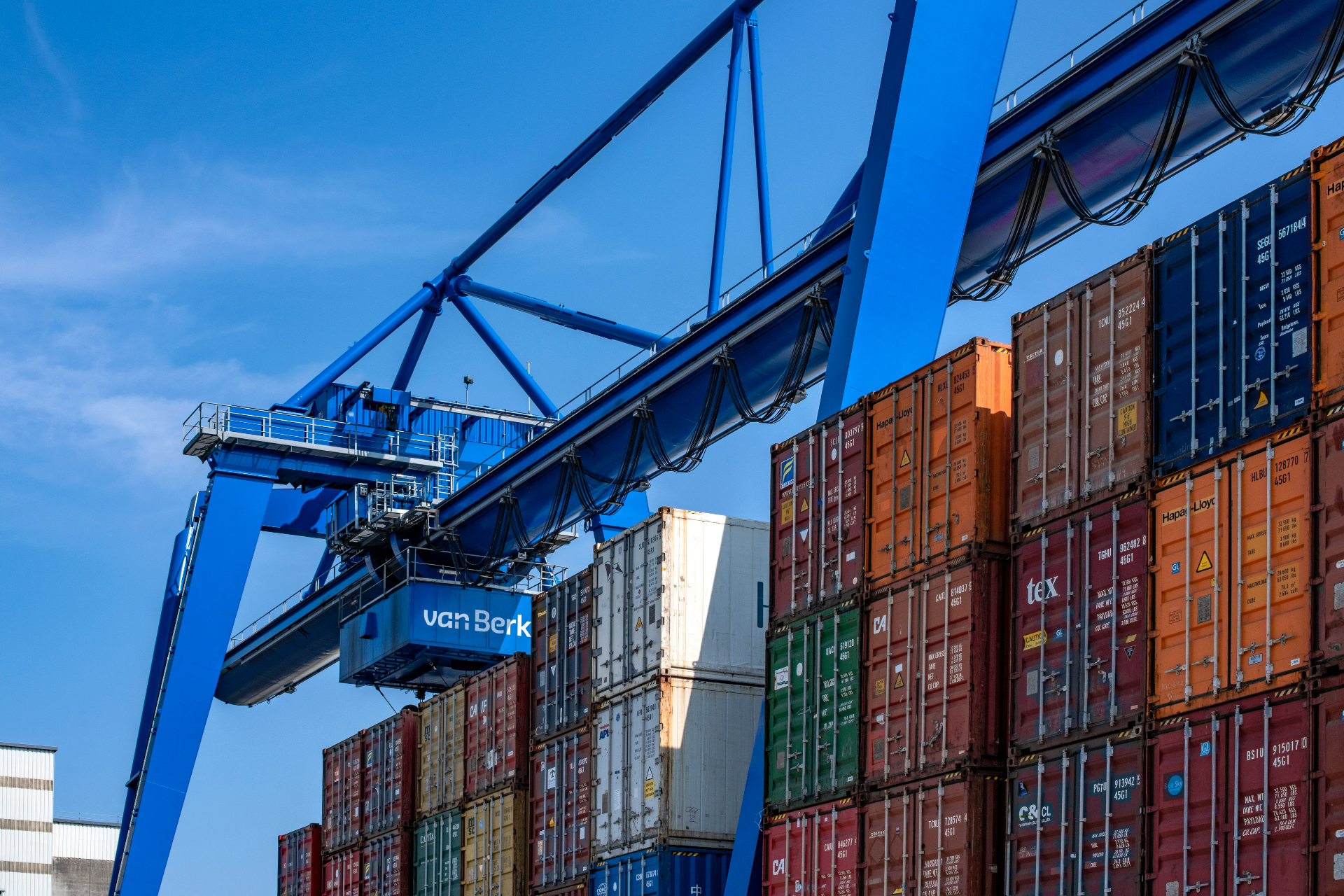Currency fluctuations exert a profound influence on export pricing dynamics, presenting both challenges and opportunities for exporters in the global marketplace. By adopting strategic approaches such as dynamic pricing, hedging, relationship-building, and diversification, businesses can effectively navigate the impact of currency fluctuations on export pricing, ensuring competitiveness, profitability, and resilience in an ever-evolving economic landscape.
In the dynamic realm of international trade, exporters face a multitude of challenges, with currency fluctuations standing out as a significant factor influencing export pricing strategies. The interplay between exchange rates and export pricing can have profound implications on the competitiveness, profitability, and sustainability of businesses engaged in global trade.
Currency fluctuations, driven by various economic, geopolitical, and market factors, can exert both positive and negative impacts on export pricing dynamics. A strengthening domestic currency relative to trading partner currencies may result in higher export prices, potentially reducing demand for exported goods and services in foreign markets. Conversely, a weakening domestic currency can make exports more affordable for foreign buyers, stimulating demand and bolstering competitiveness on the global stage.
The sensitivity of export pricing to currency fluctuations necessitates a strategic approach by exporters to mitigate risks and capitalize on opportunities. One key strategy involves implementing dynamic pricing mechanisms that account for currency movements in real-time. By continuously monitoring exchange rate fluctuations and adjusting export prices accordingly, businesses can maintain competitiveness and preserve profit margins amidst volatile currency markets.
Additionally, exporters can explore hedging techniques to manage currency risk exposure effectively. Hedging involves entering into financial contracts, such as forward contracts or currency options, to lock in exchange rates for future transactions, thereby shielding businesses from adverse currency movements and providing greater predictability in export pricing.
Moreover, fostering strong relationships with foreign buyers and suppliers can serve as a buffer against currency fluctuations. Establishing long-term partnerships built on trust and mutual understanding enables exporters to negotiate flexible pricing arrangements and navigate currency-related challenges collaboratively.
Furthermore, diversifying export markets and product offerings can help mitigate the impact of currency fluctuations on export pricing. By expanding into multiple markets with varying currency exposures and offering a diverse range of products or services, exporters can spread risk and reduce dependency on any single market or currency.
#ExportPricing #CurrencyFluctuations #InternationalTrade #DynamicPricing #CurrencyRiskManagement #HedgingTechniques #GlobalMarkets #BusinessStrategy #RiskMitigation #Diversification
Related Information



















































